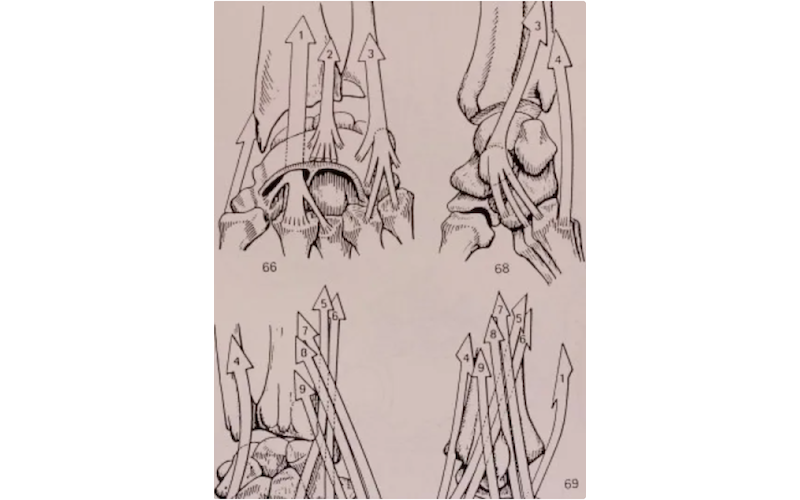
Post-topographic anatomy is about keeping bodily stuff intact rather than dissecting it to construct discrete anatomical structures.
Historically, anatomical dissection has been about getting to the good stuff and literally throwing away anything that seemed superfluous. For centuries, highly varied, regionally specialised and ubiquitous connective tissue and fascia has been relegated to the bin.
This subtractive method has been applied throughout the body, including the nervous system and brain. As it turns out, these discarded structures are massively invested with functionally significant connective tissue. Post-topographic anatomy is compelling researchers and clinicians to rethink the function of vast tracts of tissue.
WARNING:
THE READ MORE SECTION BELOW CONTAINS ANATOMICAL PHOTOGRAPHS OF DISSECTED HUMAN TISSUE
read more >






The subtractive dissection of the organism, represents only one particular anatomical approach to the body. For example, anatomy text books depict tendons attaching to bone (see the diagram below) – this is an artefact which does not reflect the biological reality of intact living tissue.

FEATURED IMAGE:
Dr. Adalbert I. Kapandji. The Physiology of the Joints (2010).
